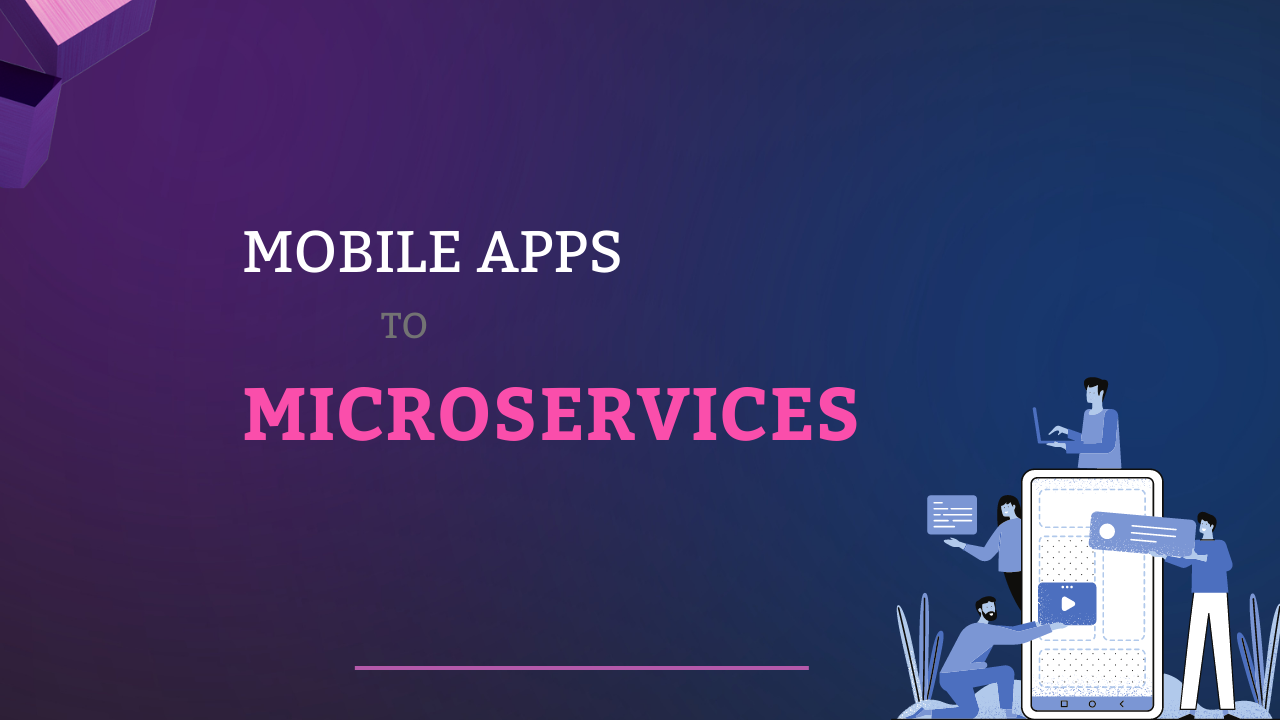Transitioning from a mobile application developer to a backend developer working on microservices can be an exciting yet challenging journey. In this blog post, I want to share my personal experience as I embarked on this path, learning Golang, microservices architecture, and acquiring essential DevOps skills along the way. Let’s dive into my intriguing journey of professional growth and exploration.
1. Embracing the Opportunity:
When I joined my current startup, little did I know that I would be working on a Golang project built with a microservices architecture. It was a significant shift from my previous experience in mobile application development, but I saw it as a unique opportunity to broaden my skillset and delve into new technologies.
2. Learning Golang:
As a seasoned software developer, adapting to a new programming language was not entirely alien to me. However, Golang presented its own set of challenges and paradigms. Determined to master it, I dove headfirst into learning Golang through online tutorials, documentation, and practical coding exercises. I familiarized myself with its efficient concurrency model, type system, and idiomatic coding patterns.
3. Exploring Microservices:
Understanding the principles and concepts of microservices architecture was crucial to my role. I delved into various resources, including books, articles, and online courses, to grasp the fundamentals. I learned about the benefits of modularization, loose coupling, and independent deployments that microservices offer. Additionally, I explored patterns such as service discovery, load balancing, and API gateways.
4. Harnessing Kubernetes:
To effectively deploy and manage our microservices, I ventured into the world of Kubernetes. Through online tutorials and practical experimentation, I gained proficiency in using kubectl commands, managing deployments, scaling services, and ensuring high availability. I learned how to leverage Kubernetes’ powerful features to orchestrate and automate containerized applications effectively.
5. Creating Helm Charts:
As our project grew, I realized the importance of streamlining deployment processes. Helm, the package manager for Kubernetes, became my go-to tool. I honed my skills in creating Helm charts, packaging reusable components, and defining deployment configurations. Helm enabled me to deploy services consistently across different environments, reducing deployment overhead and ensuring reproducibility.
6. Embracing DevOps Practices:
Developing backend services also meant acquiring DevOps skills. I familiarized myself with Continuous Integration/Continuous Deployment (CI/CD) pipelines and incorporated automated testing, code linting, and build processes into our development workflow. I adopted tools like Jenkins and GitLab CI/CD, gaining hands-on experience in orchestrating the entire software delivery pipeline.
7. Cultivating a Growth Mindset:
Throughout this journey, maintaining a growth mindset was crucial. I actively sought out opportunities to learn, whether it was attending conferences, joining online communities, or participating in meetups. Engaging with industry experts and fellow developers allowed me to exchange knowledge, gain insights, and keep up with the latest trends in Golang, microservices, and DevOps.
Conclusion:
Transitioning from a mobile developer to a backend developer with DevOps skills has been a fulfilling and transformative experience. By embracing the challenge, learning Golang, exploring microservices, harnessing Kubernetes, creating Helm charts, and adopting DevOps practices, I have expanded my horizons and become a more well-rounded software professional.
While the journey may seem intimidating at first, with determination, persistence, and a thirst for knowledge, anyone can embark on a similar path of growth and professional development. Embrace new technologies, seize opportunities, and continuously challenge yourself to unlock your full potential in the ever-evolving landscape of software development.

